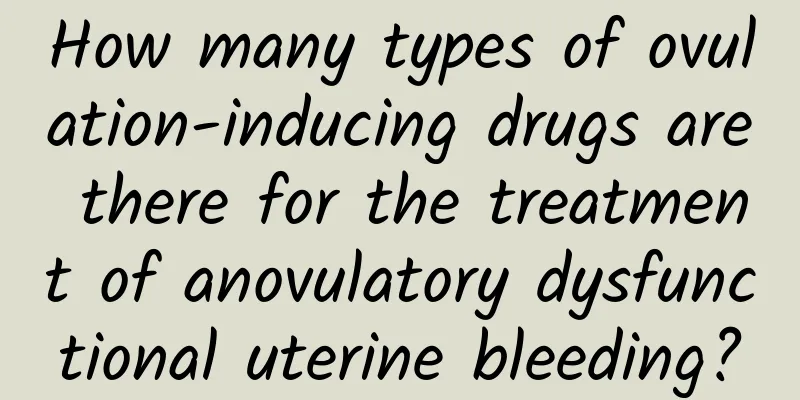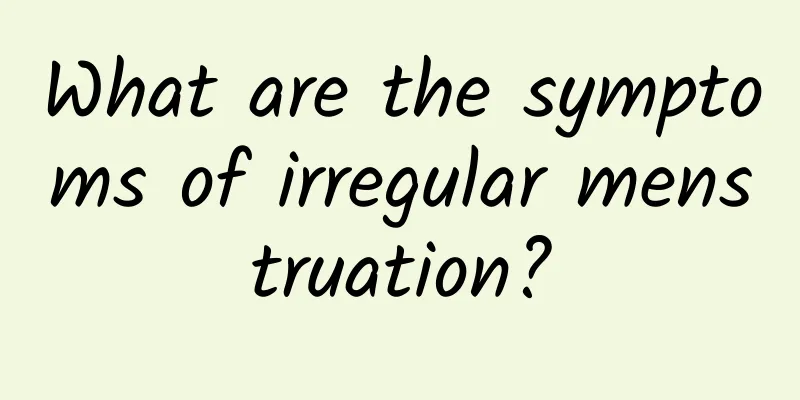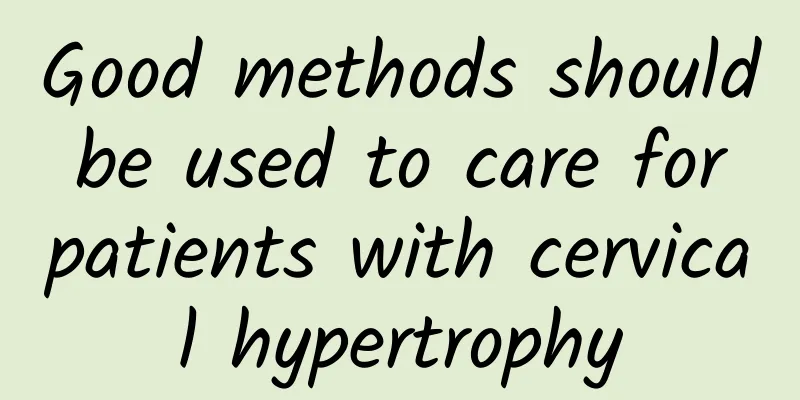How many types of ovulation-inducing drugs are there for the treatment of anovulatory dysfunctional uterine bleeding?

|
Ovulation-promoting drugs are suitable for patients with functional uterine bleeding during puberty and childbearing years, especially infertile patients. Generally, they include the following 4 types: (1) Clomiphene (CC) is a non-steroidal compound with weak estrogenic effects. It competitively binds to estrogen receptors in the hypothalamus to produce anti-estrogen effects, inhibiting the negative feedback of endogenous estrogen on the hypothalamus, inducing the release of gonadotropin-releasing hormone and inducing ovulation. It is suitable for patients with functional uterine bleeding who have a certain level of estrogen in their bodies. (2) Human chorionic gonadotropin (HCG) has a similar effect to LH and induces ovulation. It is suitable for people with a certain level of FSH and a moderate level of estrogen in their body. (3) Human gonadotropin (HMG) E5H stimulates the maturation of follicles. The estrogen produced induces ovulation through positive feedback, which causes the pituitary gland to secrete sufficient LH. ) After the bleeding stops, HMG 75-150U is injected intramuscularly every day until the follicles develop into heat. HMG is discontinued and HCG 5000-10000U is added by intramuscular injection to increase the ovulation rate. It should be noted that the use of HMG is prone to ovarian hyperstimulation syndrome, so it is only used for patients with functional uterine bleeding who are not well responsive to clomiphene and who want to have children. (4) Gonadotropin-releasing hormone agonist (GnRHa) In the past, GnRHa was used in small doses in pulse form to play an incremental regulatory role, promoting follicle development and inducing ovulation. Now, it is advocated to use GnRHa as pre-treatment first. The principle is that GnRH agonists have a regulatory effect on the pituitary gland, thereby reducing endogenous estrogen levels and achieving a hemostatic effect. GnRHa has a significant hemostatic effect on functional bleeding, but its high cost and osteoporosis caused by long-term use have prevented the drug from being widely used in clinical practice. |
<<: What are the effective measures to prevent dysmenorrhea?
>>: What are the better preventive measures for cervicitis?
Recommend
How is vaginitis diagnosed?
As we all know, sometimes we are sick but don’t k...
Study on Traditional Chinese Medicine for Bleeding after Medical Abortion
With the advancement of medicine, there are many ...
What should I not eat after having an abortion? What should I eat after having an abortion?
What should I not eat after having an abortion? W...
Uterine fibroids may be caused by sexual dysfunction
Uterine fibroids may be caused by sexual dysfunct...
Can chemotherapy be used after surgery for cervical precancerous lesions?
There are many causes of cervical cancer in women...
careful! These 6 lifestyle habits keep you away from beautiful breasts and buttocks
Everyone thinks that having beautiful breasts and...
What are the symptoms associated with hyperprolactinemia?
Hyperprolactinemia is a disease that is not famil...
What are the causes of pelvic inflammatory disease?
What are the causes of pelvic inflammatory diseas...
How long does it take to be discharged from the hospital after ovarian cyst surgery?
How long does it take to be discharged from the h...
What is the cause of functional uterine bleeding in adolescence?
What does functional uterine bleeding mean in ado...
What are the causes of cervical hypertrophy?
Cervical hypertrophy is a common gynecological di...
Riding a flywheel for fitness is becoming popular. You must know these things before and during riding!
In recent years, the flywheel has become one of t...
What should women pay attention to during the treatment of cervicitis? 6 things patients with cervicitis need to pay attention to
Many female patients with cervicitis will miss th...
Can women with chronic cervicitis get pregnant? There are four common types of damage caused by cervicitis in women.
Cervicitis is a common gynecological disease. Mos...
Tips to relieve vulvar itching
Vulvar itching may be caused by poor hygiene habi...









